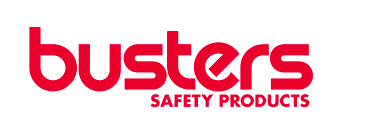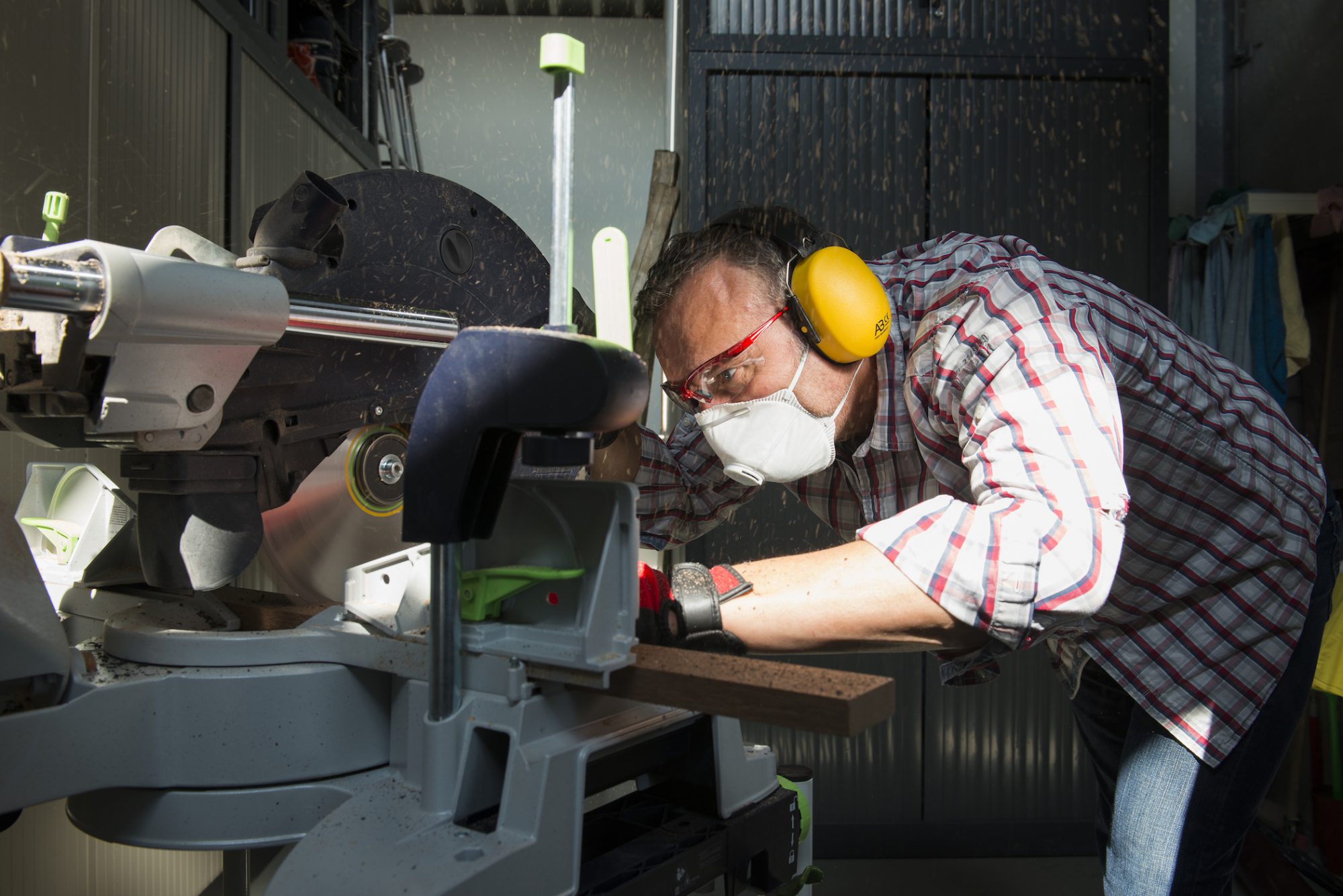Half and full face masks are always used together with filter cartridges against dust, gases, vapours or a combination. A filter cartridge is a screw-on filter that you can replace once it is saturated.
It isn’t always easy to figure out all the different pictograms, standards and quality marks. With the right help, you can find the necessary information on every package so you always make the best choice at the building supply store. Always follow the instructions in the manual for correct use.
A B E K P
Abe… what? You will find the letters A, B, E, K and P on the replaceable filters for a dust mask or face mask. Each letter and corresponding colour represents the (toxic) substance the filter protects against. A, B, E and K are gases. P is dust particles.
The number that is sometimes given with the letters is the gas filter class. This class indicates the maximum allowable concentration of the substance in the air.
1 = max 0.1 vol % (equal to 1000 ppm, or parts per million)
2 = max 0.5 vol % (equal to 5000 ppm)
 Only use the filter once per session. Once the filter has come into contact with a substance, it can no longer be used for another substance. For example, a filter with AE indication protects you against organic vapours and acid gases. After use in acid gases, the filter can no longer be used in organic vapours. The filter is affected, resulting in the filter efficiency for the other substance being inadequate.
Only use the filter once per session. Once the filter has come into contact with a substance, it can no longer be used for another substance. For example, a filter with AE indication protects you against organic vapours and acid gases. After use in acid gases, the filter can no longer be used in organic vapours. The filter is affected, resulting in the filter efficiency for the other substance being inadequate.
Why wear a dust mask?
Work environments often conceal hazards that are not immediately recognised. These hazards can cause permanent damage to your health, and in the worst case even be life-threatening.
That makes it important to get the maximum possible protection for your respiratory passages against the harmful effects of dust particles, gases, smoke and fumes that are present in the ambient air.
Dust masks protect you against solid dust particles, fibres, microorganisms, mists and aerosols (suspended droplets and dust).
Summary
Always protect yourself as well as possible. Choose the appropriate personal protective equipment for a specific task. This way you will not only work safely, but also better and more comfortably.
- With colour codes you can be sure you always have the right filter for every job
- Use the filter once
- Use the filter for 1 type of gas or substance
- Only choose dust masks that are EN 149 certified
- Take the possible risks into account and use maximum protection
- Always work comfortably and safely
- Tip: Be sure to remember work gloves and safety glasses
- Tip: Find the product you need in your nearest building supply store or garden centre.

